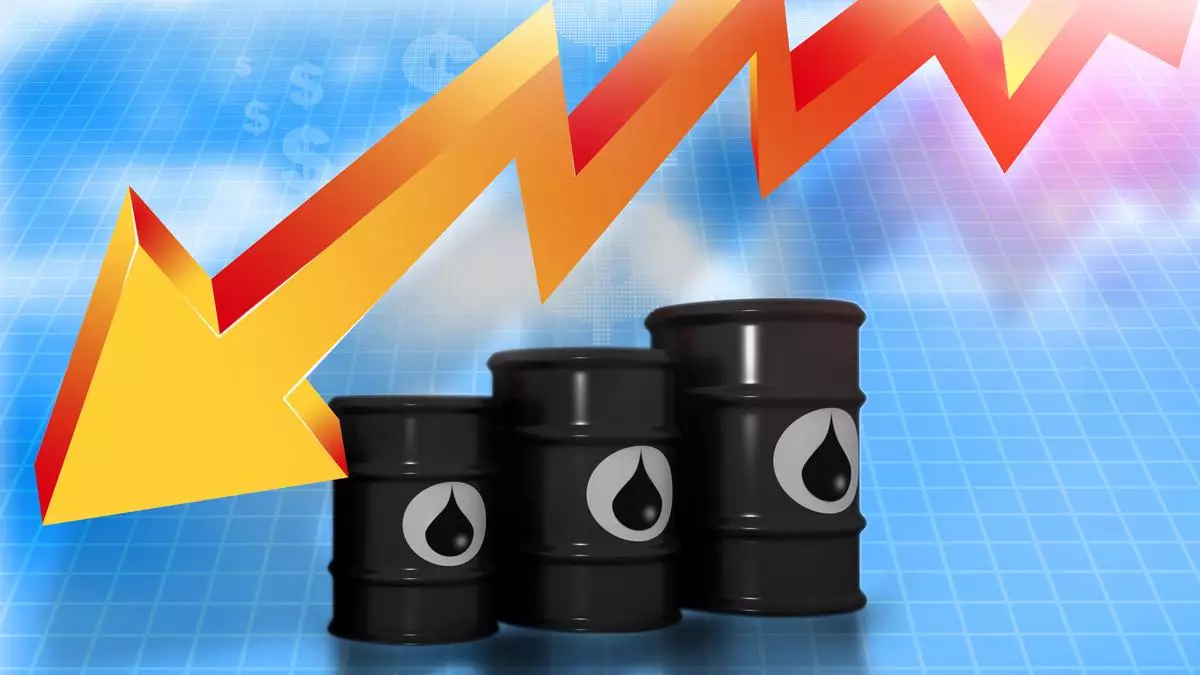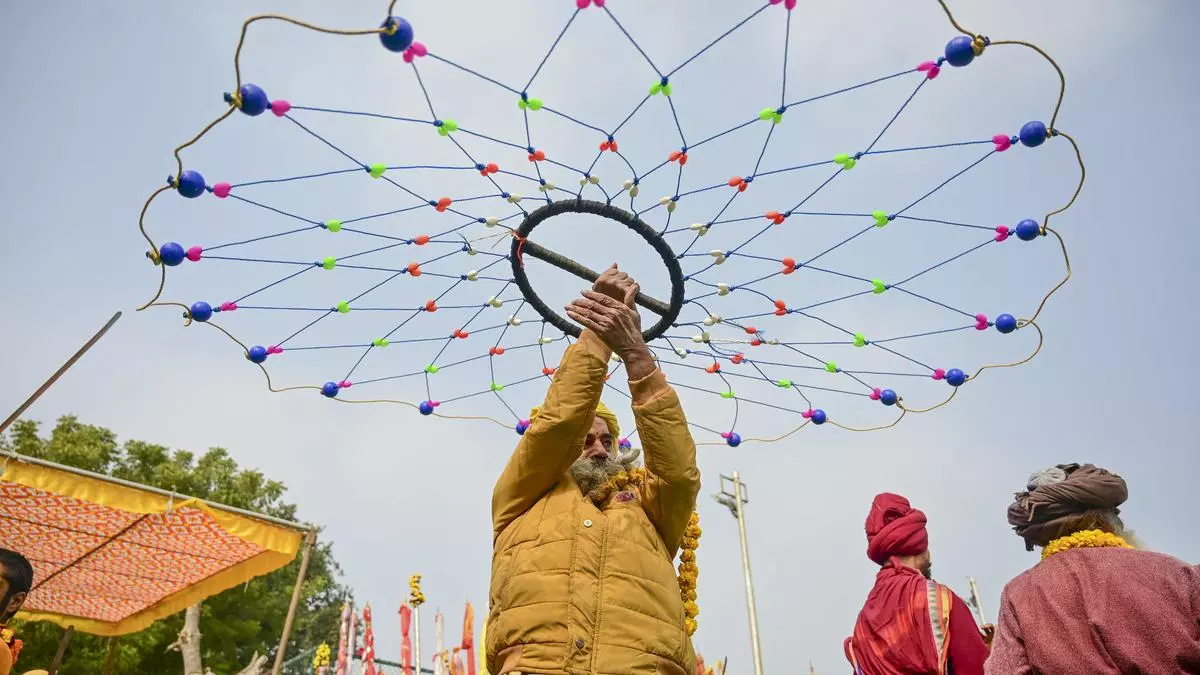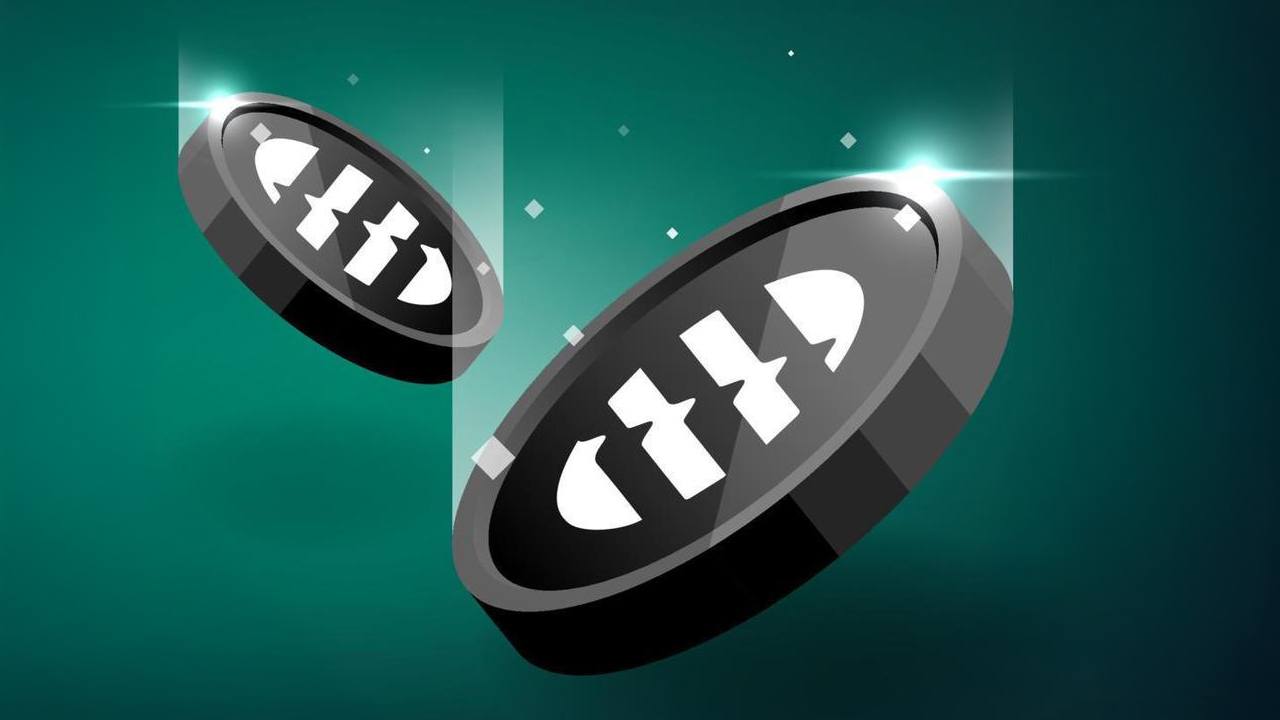Ashutosh Singh, a “kaali-peeli” cab driver in Mumbai, sends money to his wife in Deoghar (Jharkhand) every fortnight via the Unified Payments Interface (UPI) embedded in his bank’s mobile banking app. The remittance is instantaneous.
Pre-Covid, he used to queue up at the local bank branch for remitting money. But with digital (mobile-based) payments gaining traction during the Covid period, Ashutosh understood that he could transact in a jiffy. No more branch visits for him now.
Jyotiba Shinde, a farmer cultivating sugarcane and paddy on about four acres in Wadi Ratnagiri (Kolhapur district) in Maharashtra, receives ₹6,000 per year in three equal instalments under the PM-Kisan scheme into his bank account via Direct Benefit Transfer. He also revises his farm loan limit linked to the Kisan Credit Card on his bank’s mobile app.
These are but a few examples of how the “JAM trinity” — Jan Dhan Yojana, Aadhaar and Mobile — has been harnessed to the hilt by banks to ensure that those at the bottom of the pyramid are digitally and financially included. And the credit for this goes to both RBI and the government.
The JAM numbers are mind-boggling. As on December 4, banks had collectively opened 54.13 crore (this is equivalent to the entire population of Myanmar) Jan Dhan accounts, which had outstanding balances of ₹2,37,087 crore. About 138.35 crore Unique Identification numbers (UID) or ‘Aadhar’ have been issued to Indian residents so far. As of September-end, there were about 106 crore active mobile subscribers in India.
The Pradhan Mantri Jan-Dhan Yojana is ensuring access to various financial services such as availability of basic savings bank (Jan Dhan) account, access to need-based credit, remittances facility, insurance and pension to the excluded sections — weaker sections and low-income groups.
Proof in the pudding
Two indices — Digital Payments (DP) Index and the Financial Inclusion (FI) Index — constructed by the RBI tell us the story of the strides India has made on payments digitalisation and financial inclusion. The proof is in the pudding.
The DP Index, which has March 2018 as the base (with the index at 100), has seen a spectacular rise in five years from 153.47 in March 2019 to 445.50 in March 2024. This index captures the extent of digitisation of payments across the country.
This index comprises five broad parameters that measure the deepening and penetration of digital payments over different time periods. These parameters are – payment enablers; payment infrastructure – demand-side factors; payment infrastructure – supply-side factors; payment performance; and consumer centricity.
The value of the annual FI Index, which comprises three broad parameters – access, usage and quality, has moved up from 53.9 for March 2021 to 64.2 for March 2024. The improvement in the FI Index is mainly contributed by “usage” dimension, reflecting deepening of financial inclusion, according to RBI.
M Rajeshwar Rao, Deputy Governor, RBI, in a recent speech, stressed that the extensive network of financial institutions across the country has helped improve the quality of financial inclusion. This is reflected by continuous rise in the FI Index.
“Another revolution that has happened is in the digital space. Today, the digital payment infrastructure facilitates over 160 billion transactions in a year for a value of over ₹2,400 lakh crore (FY24).
“Retail digital transactions account for over ₹720 lakh crore of value, out of which transactions amounting to approximately ₹265 lakh crore are being facilitated through indigenous UPI and IMPS alone. These data points give us a glimpse of journey we have travelled from relatively-modest beginnings to a world leader of sort, especially in digitalisation,” Rao said.
BCG, in its report prepared for the FICCI-IBA Conference 2024, said that the Digital Public Infrastructure has set the stage for Indian financial institutions to lead the way in global innovation across various sectors, from payments and lending to digital identity and financial inclusion. This has made operations efficient for banks and convenient for customers.
In a recent speech, RBI Deputy Governor, Swaminathan J, observed that harnessing technology not only expands banks’ reach but also makes banking more accessible, efficient and cost-effective.
He noted that RBI’s recent push for digital public infrastructure, including UPI and the pilot Public Tech Platform for Frictionless Credit, now renamed the Unified Lending Interface (ULI), is in line with improving digital financial inclusion, which aims to simplify and broaden access to credit, especially in rural regions.
“Members of public should be made aware of various financial products available to them, be it social security products such as insurance and pension schemes, which will cover the risks, or category specific loan products which will enable them to undertake productive economic activities.
“A special focus needs to be given to Digital Financial Literacy for improving public confidence in undertaking digital transactions,” Swaminathan said at a conference of bankers.
ULI: a true game-changer
In his last press meet before demitting office, then RBI Governor Shaktikanta Das emphasised that ULI is a true game-changer. “ULI will play a transformational role in credit delivery to the bottom of the pyramid. The ease of access, the speed and the simplicity of procedure are the unique characteristics of ULI,” Das said.
He underscored that ULI’s benefits will get harnessed fully in the near future and there will be a nationwide rollout. Further, many new innovative products have been launched under the overarching umbrella of UPI and they are producing excellent results. UPI, today, has emerged as global pioneer/ leader in payments systems.
“We have given a lot of attention to financial inclusion. It is again a continuing responsibility/ task. We cannot reach a stage of finality in that. The tasks and the work will have to continue,” Das said.









Leave a Comment